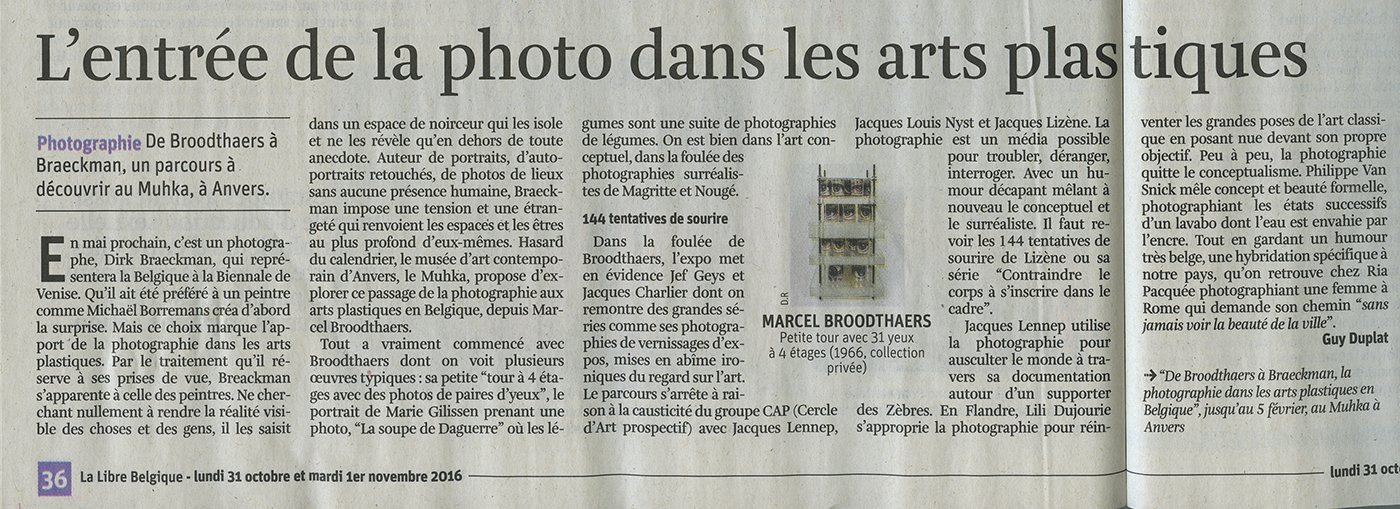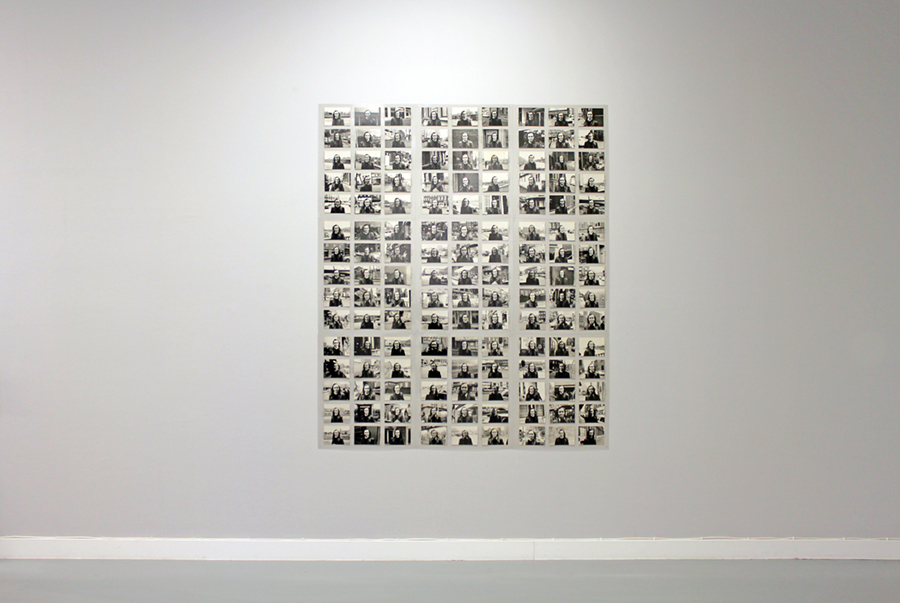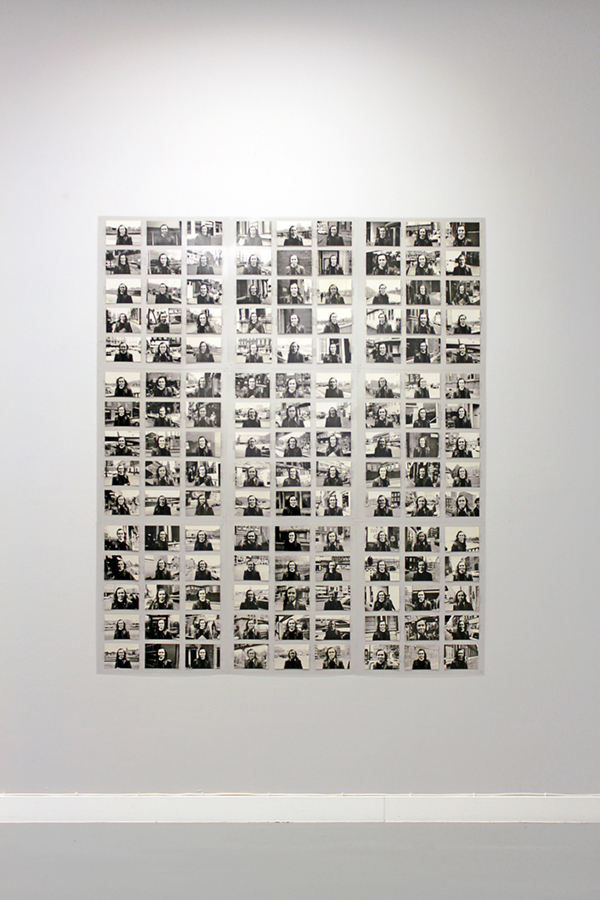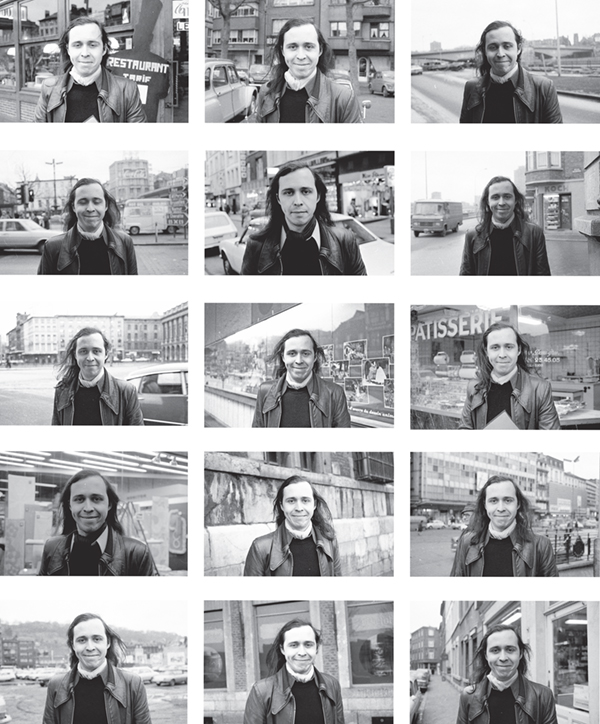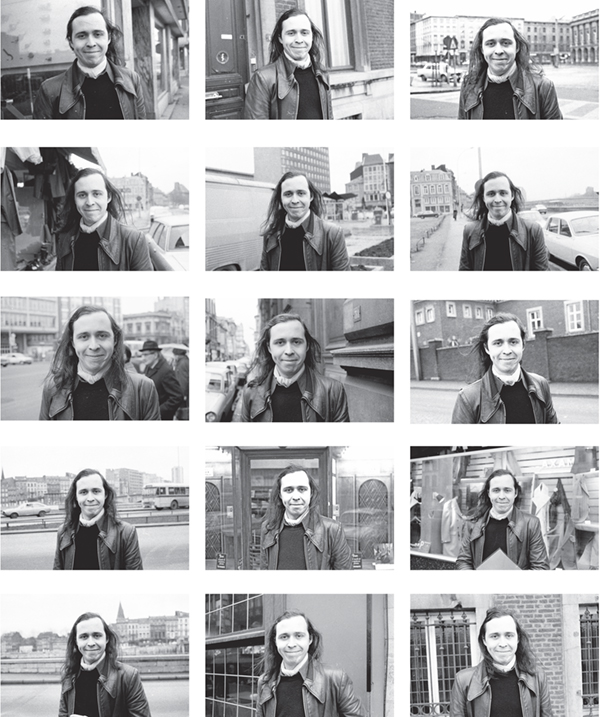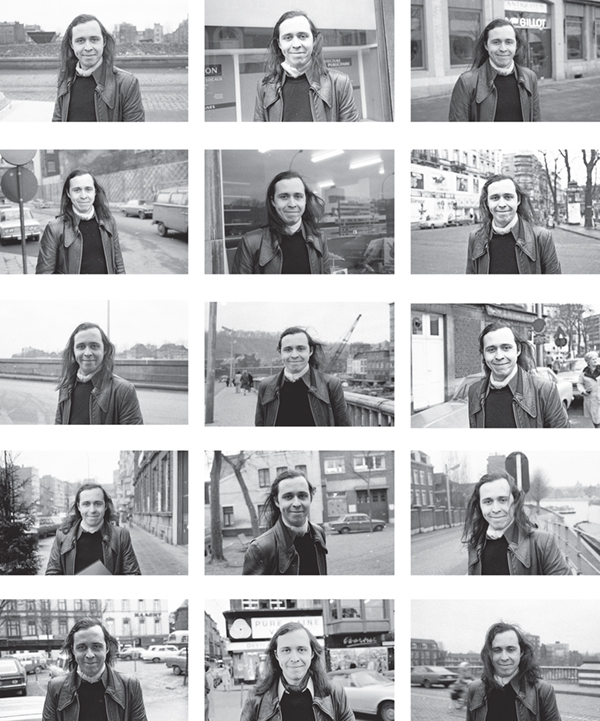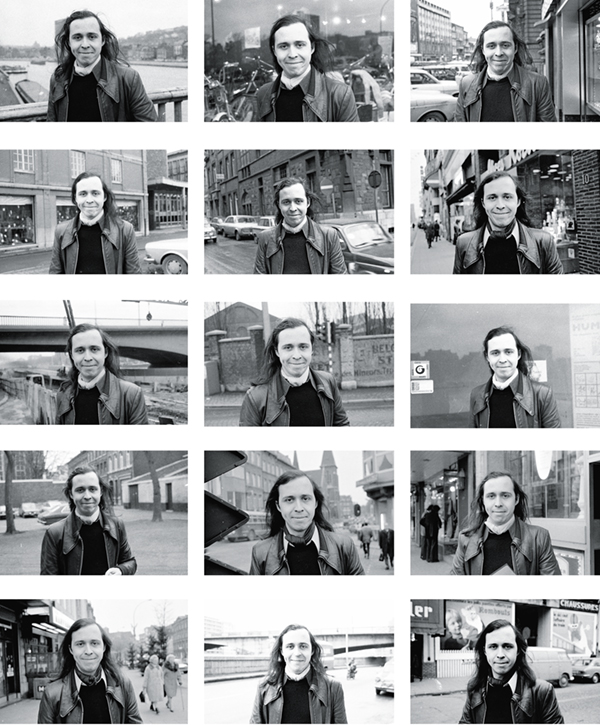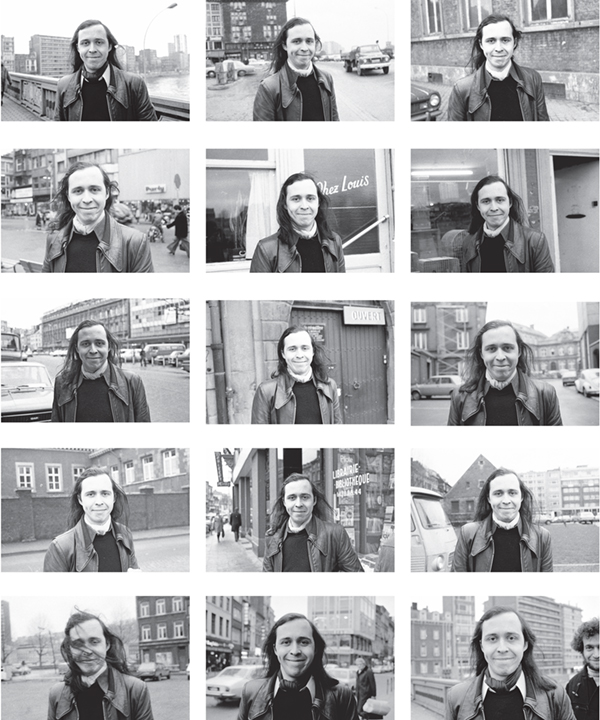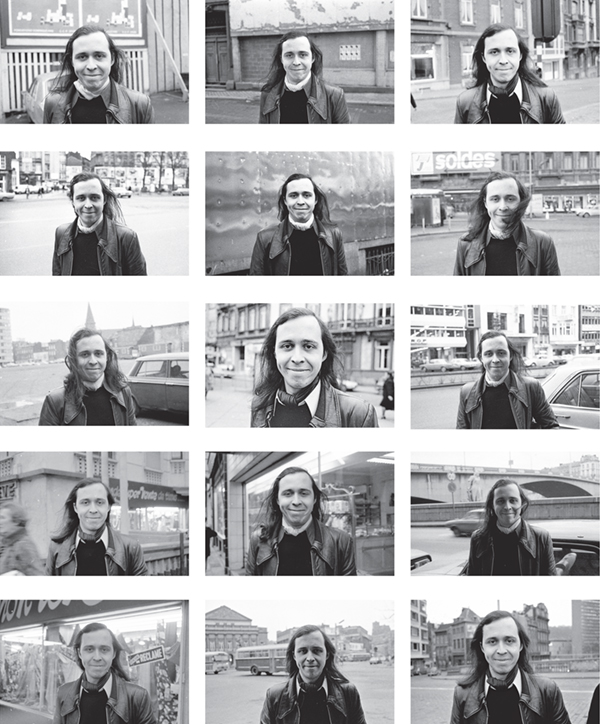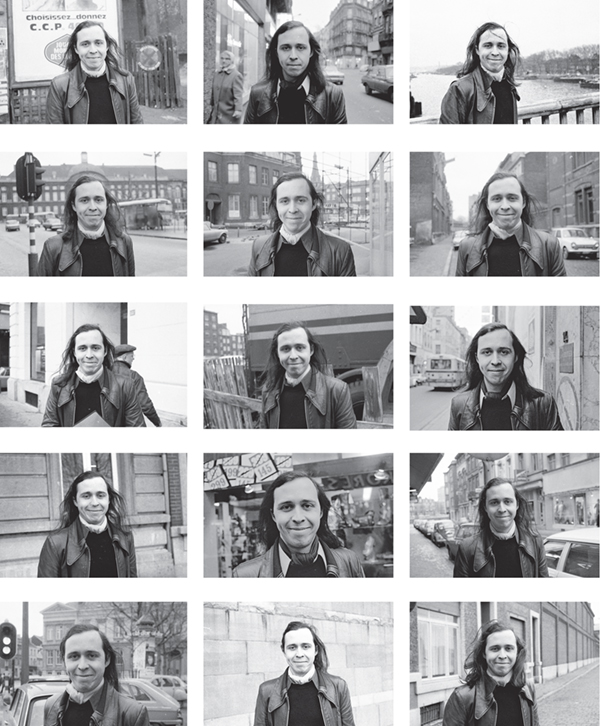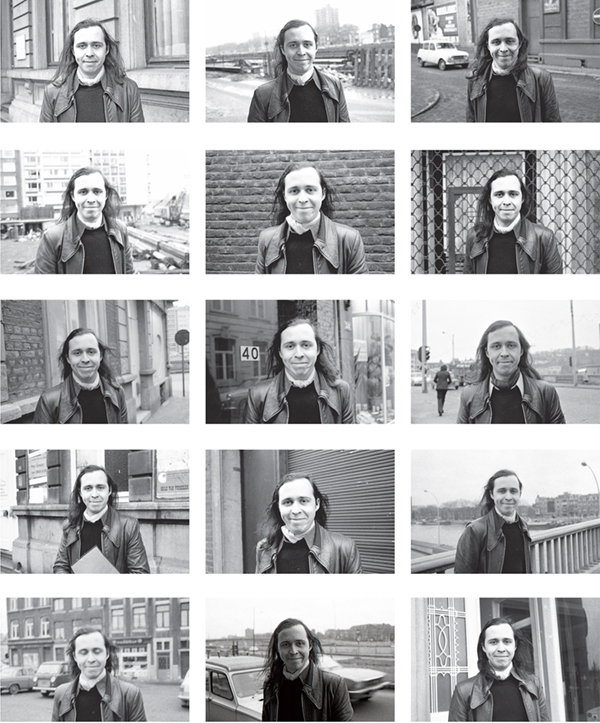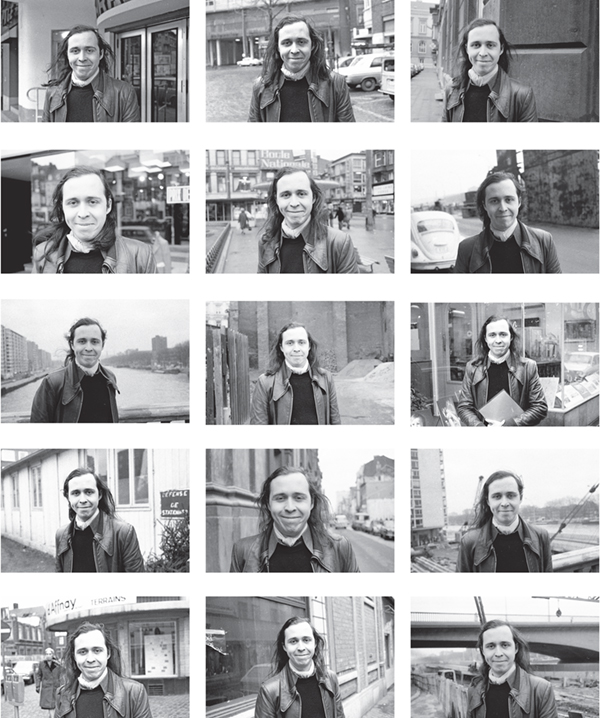Lu dans La Libre à propos de l’exposition « De Broodthaers à Braeckman – La photographie dans les arts plastiques en Belgique », à laquelle participent Jacques Lizène et Jacques Charlier, au Muhka. Plume de Guy Duplat.
En mai prochain, c’est un photographe, Dirk Braeckman, qui représentera la Belgique à la Biennale de Venise. Ce fut d’abord une surprise qu’il ait été préféré à un peintre comme Michaël Borremans. Mais ce choix marque bien l’apport de la photographie dans les arts plastiques.
Par le traitement qu’il réserve à ses prises de vue, la démarche de Breackman s’apparente fortement à celle des peintres. Ne cherchant nullement à rendre la réalité visible des choses et des gens, il les saisit dans un espace de noirceur qui les isole et ne les révèle qu’en dehors de toute anecdote. Auteur de portraits, d’autoportraits retouchés, de photos de lieux sans aucune présence humaine, Braeckman impose une tension et une étrangeté qui renvoient les espaces et les êtres au plus profond d’eux-mêmes.
Hasard du calendrier, le musée d’art contemporain d’Anvers, le Muhka, propose justement d’explorer ce passage de la photographie aux arts plastiques en Belgique, depuis Marcel Broodthaers.
Tout a vraiment commencé avec Broodthaers dont on voit plusieurs oeuvres typiques : sa petite « tour à 4 étages avec des photos de paires d’yeux », le portrait de Marie Gilissen prenant une photo, « La soupe de Daguerre » où les légumes sont une suite de photographies de légumes. On est bien dans l’art conceptuel, dans la foulée des photographies surréalistes de Magritte et Nougé.
144 tentatives de sourire
Dans la foulée de Broodthaers, l’expo met en évidence Jef Geys et Jacques Charlier dont on remontre des grandes séries comme ses photographies de vernissages d’expos, mises en abîme ironiques du regard sur l’art.
Le parcours s’arrête à raison à la causticité du groupe CAP (Cercle d’Art prospectif) avec Jacques Lennep, Jacques Louis Nyst et Jacques Lizène. La photographie est un média possible pour troubler, déranger, interroger. Avec un humour décapant mêlant à nouveau le conceptuel et le surréaliste. Il faut revoir les 144 tentatives de sourire de Lizène ou sa série « Contraindre le corps à s’inscrire dans le cadre ».
Jacques Lennep utilise la photographie pour ausculter le monde à travers sa documentation autour d’un supporter des Zèbres. En Flandre, Lili Dujourie s’approprie la photographie pour réinventer les grandes poses de l’art classique en posant nue devant son propre objectif.
Peu à peu, la photographie quitte le conceptualisme pour pour devenir tableau sombre et étrange, décor de théâtre chez Braeckman. Philippe Van Snick mêle concept et beauté formelle, photographiant les états successifs d’un lavabo dont l’eau est peu à peu envahie par l’encre.
Tout en gardant aussi un humour très belge, un hybridation spécifique à notre pays, qu’on retrouve dans les performances de Ria Pacquée photographiant par exemple une femme à Rome qui demande partout son chemin « sans jamais voir la beauté de la ville ».
[sociallinkz]
